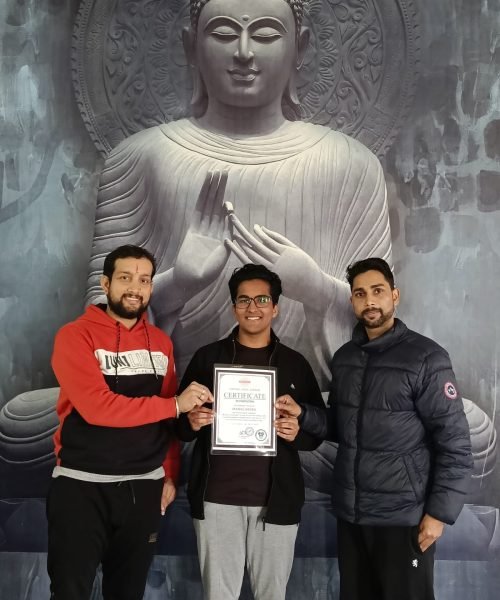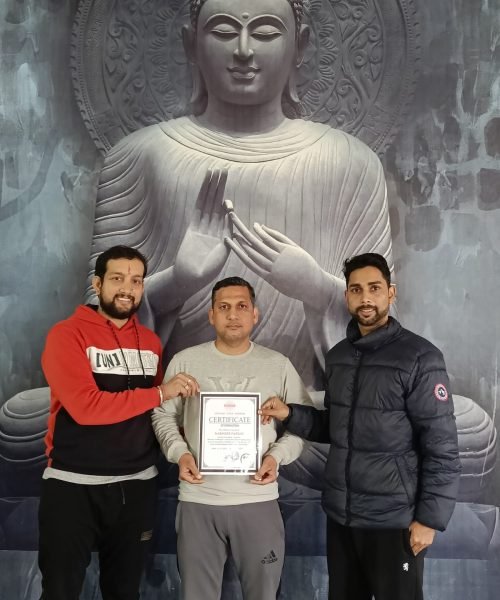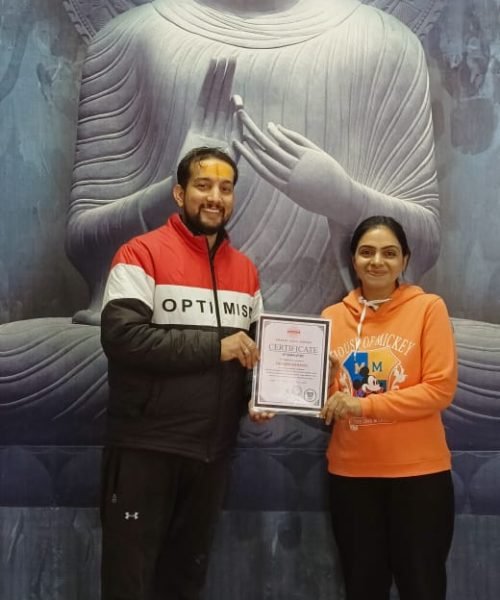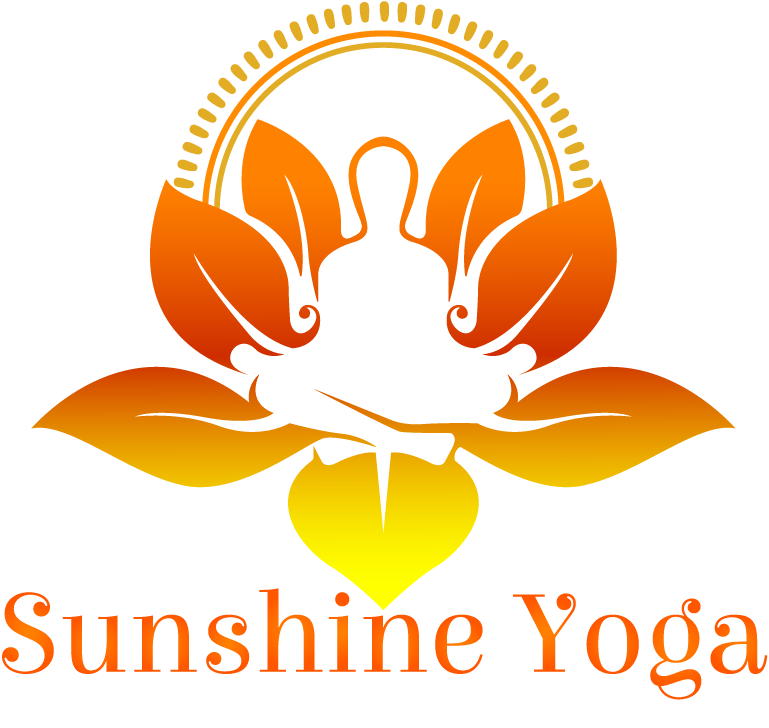200 Hour Yoga Teacher Training Course Curriculum
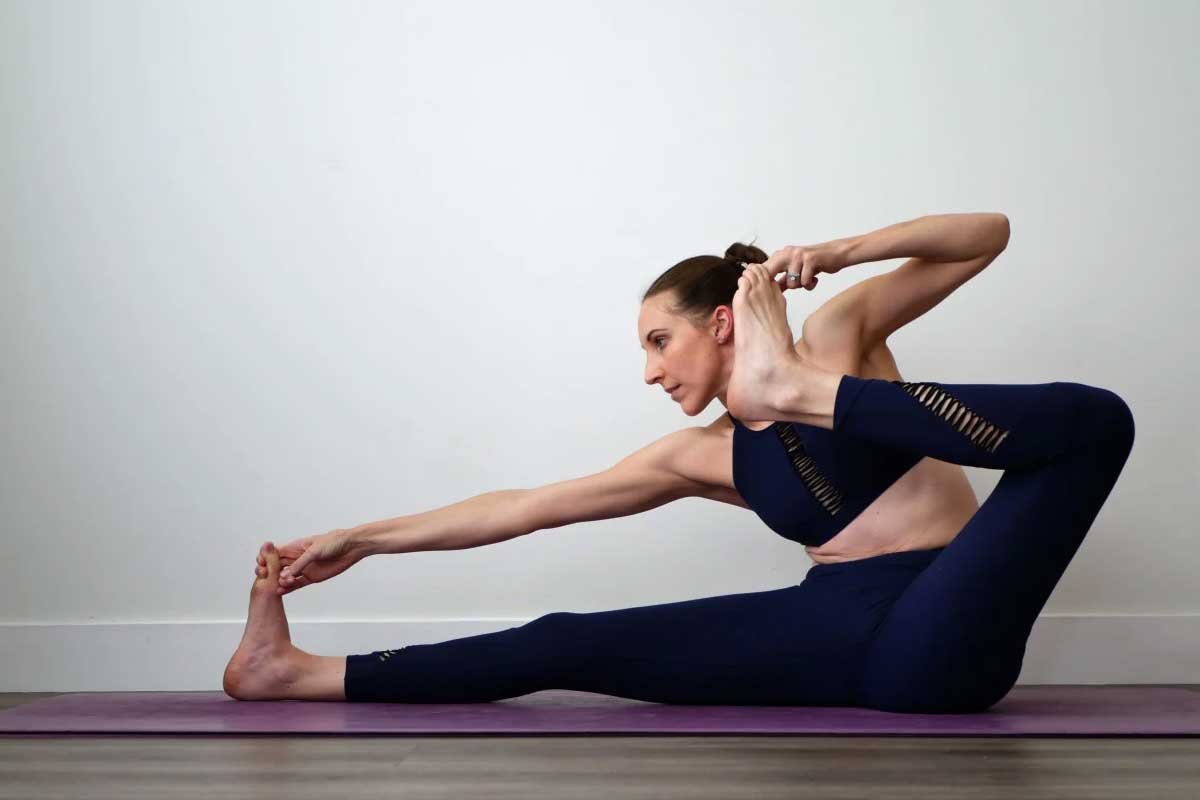
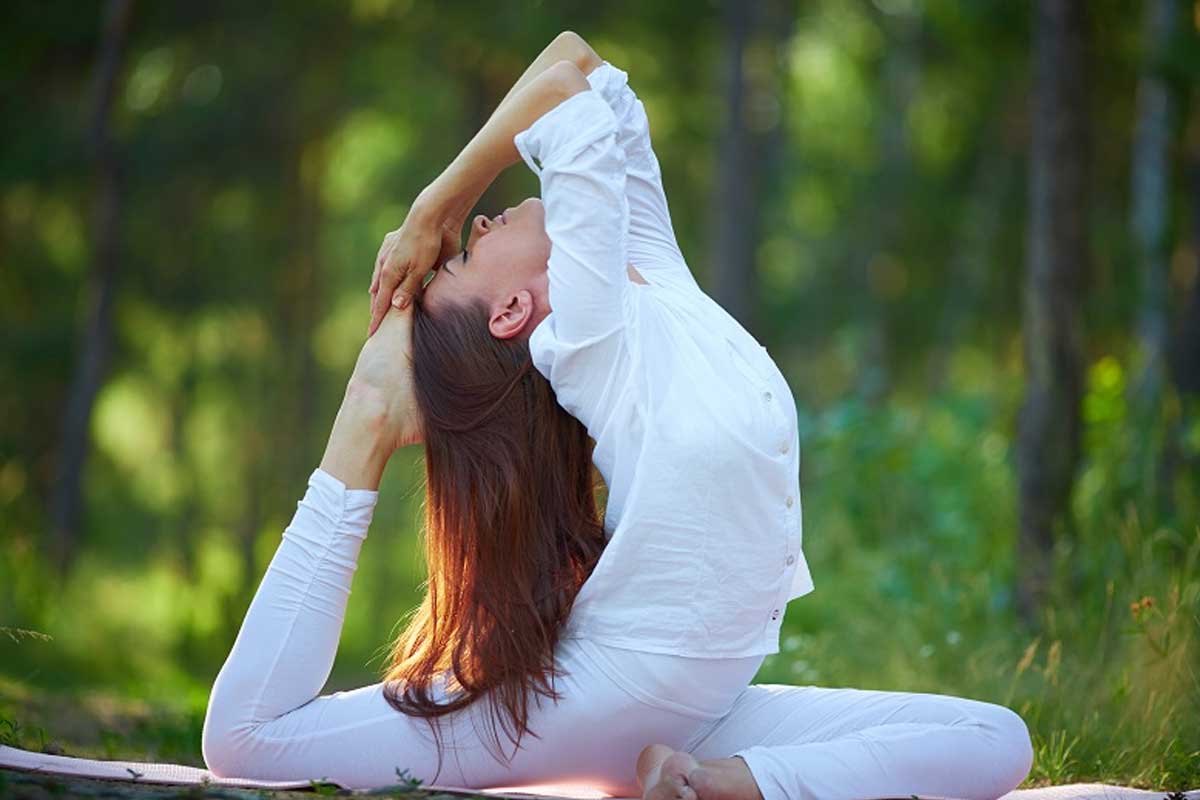
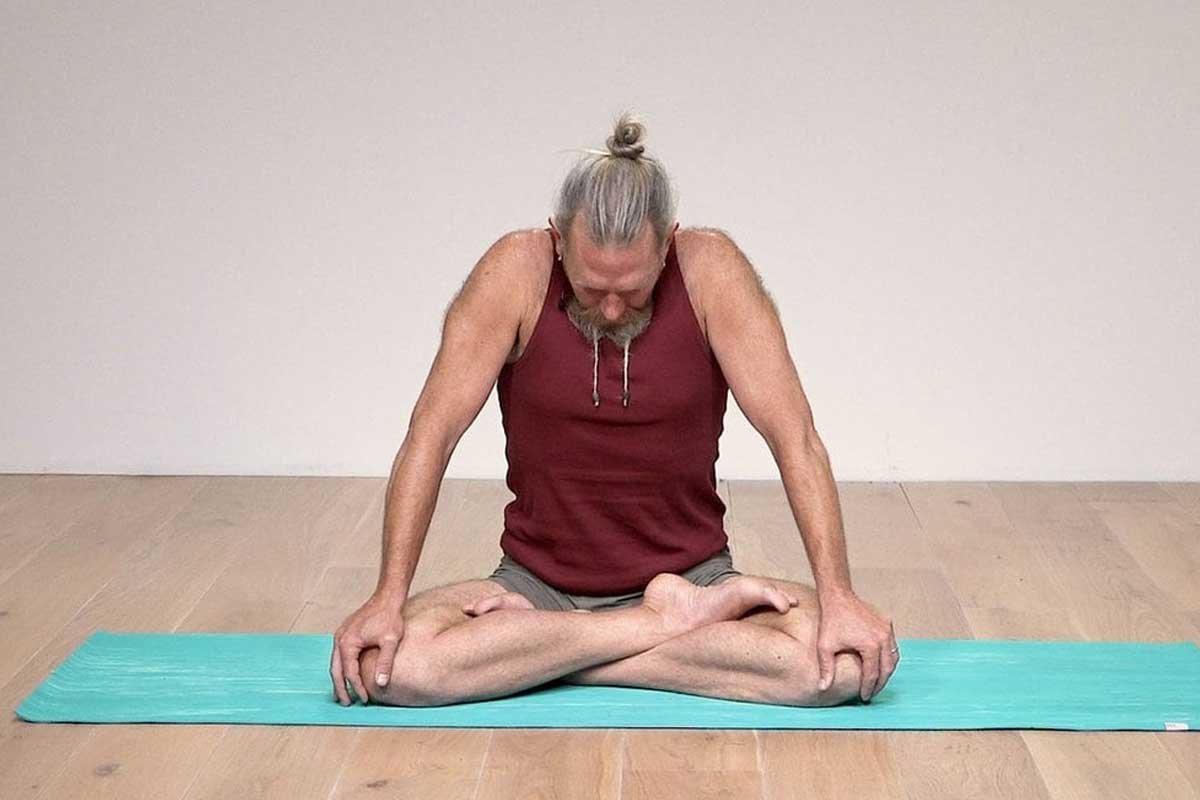
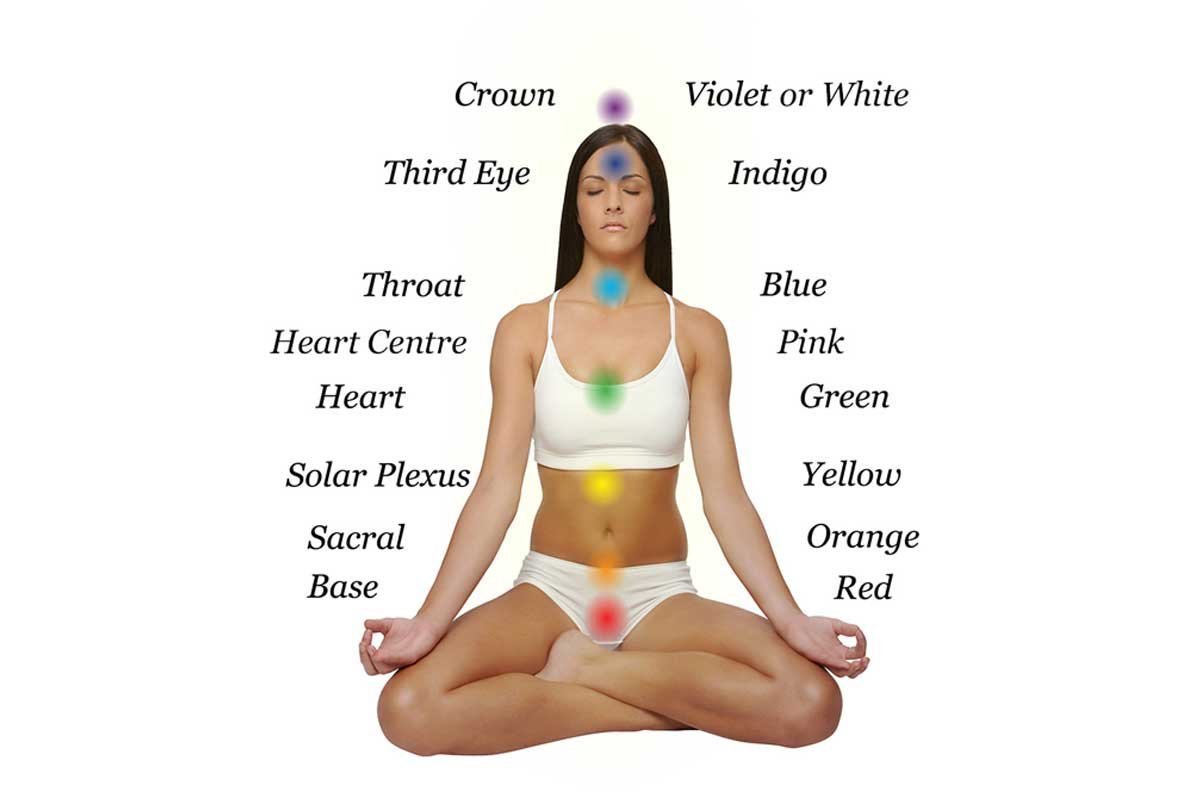
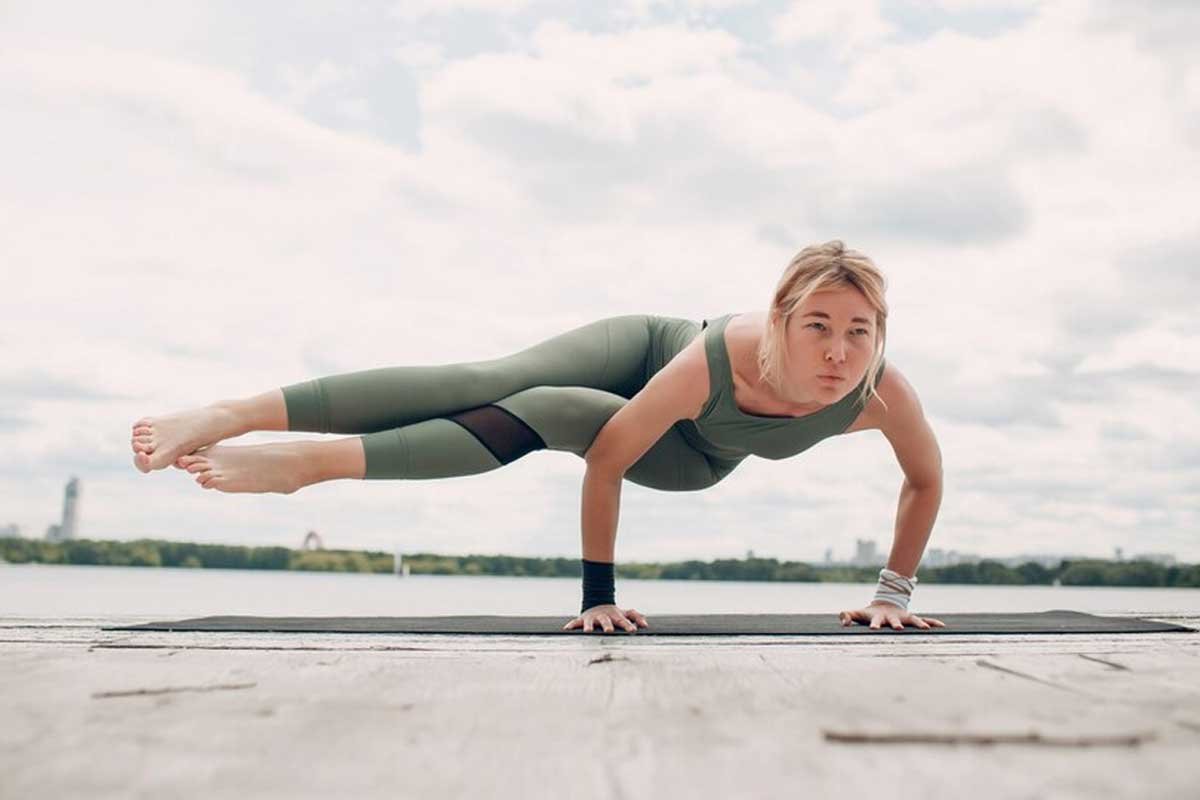


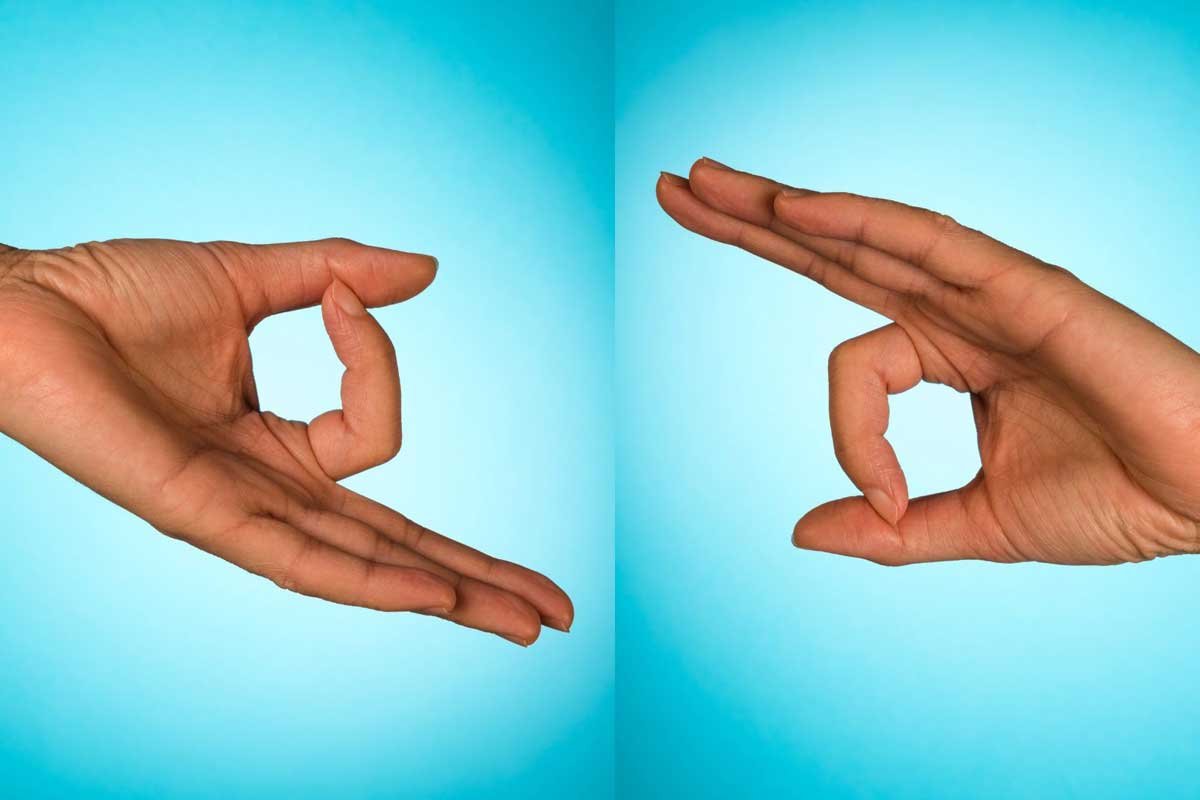
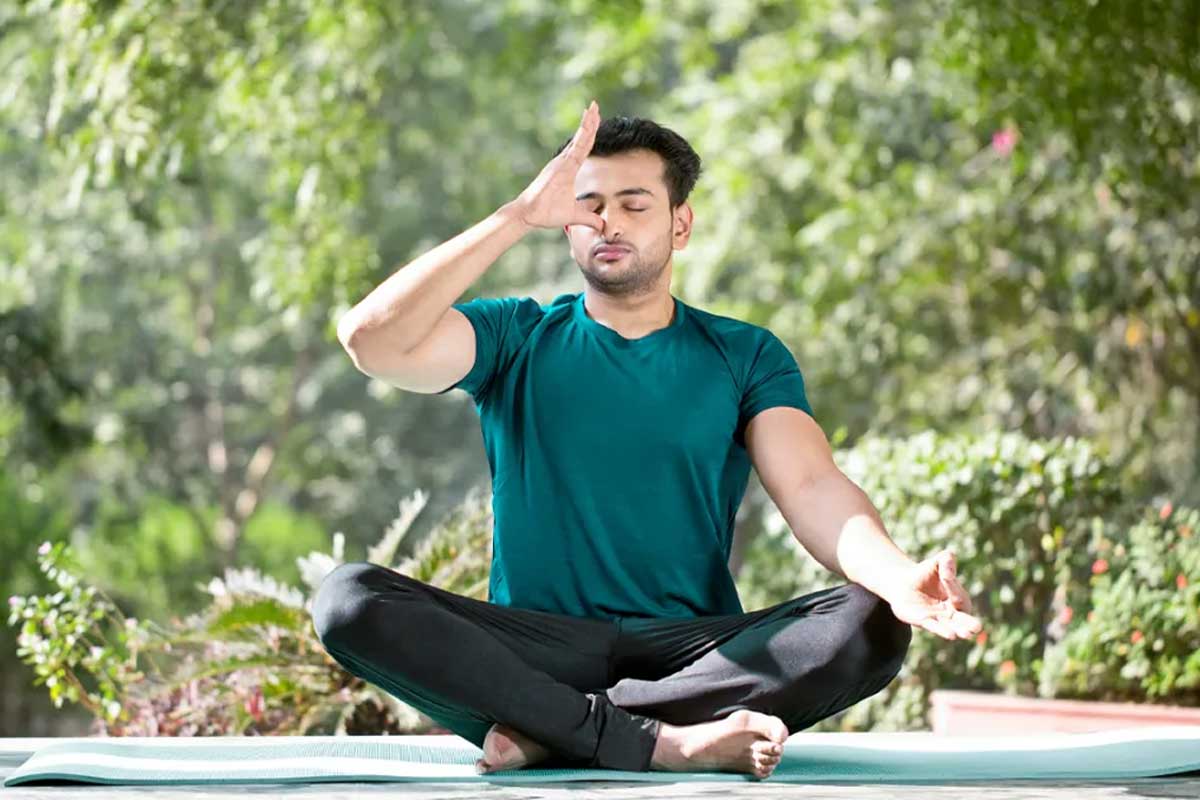
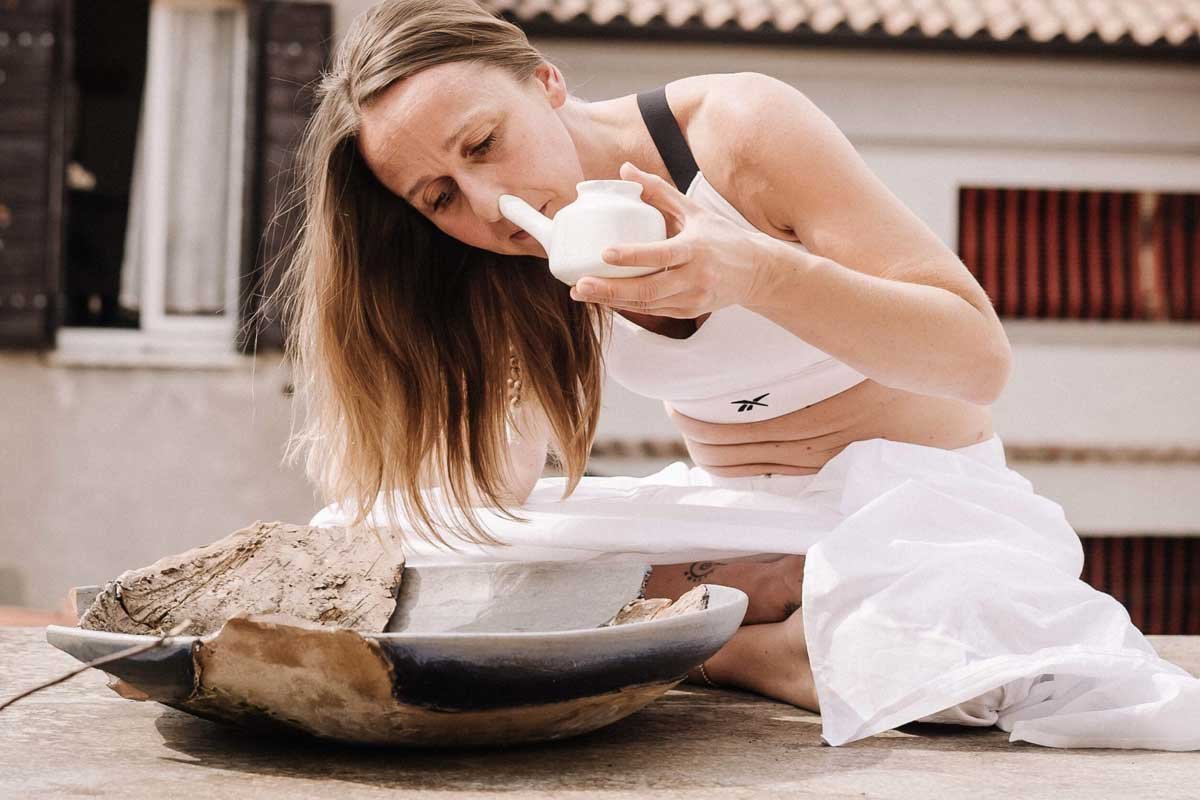
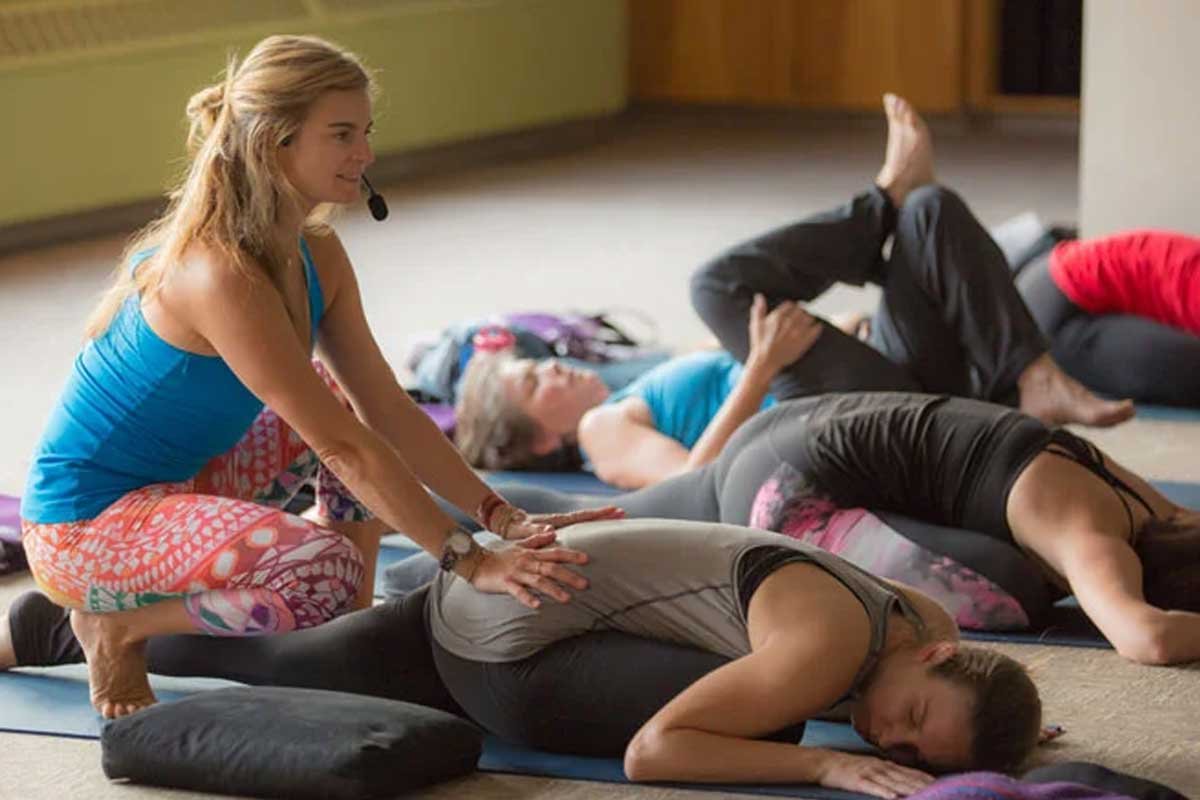
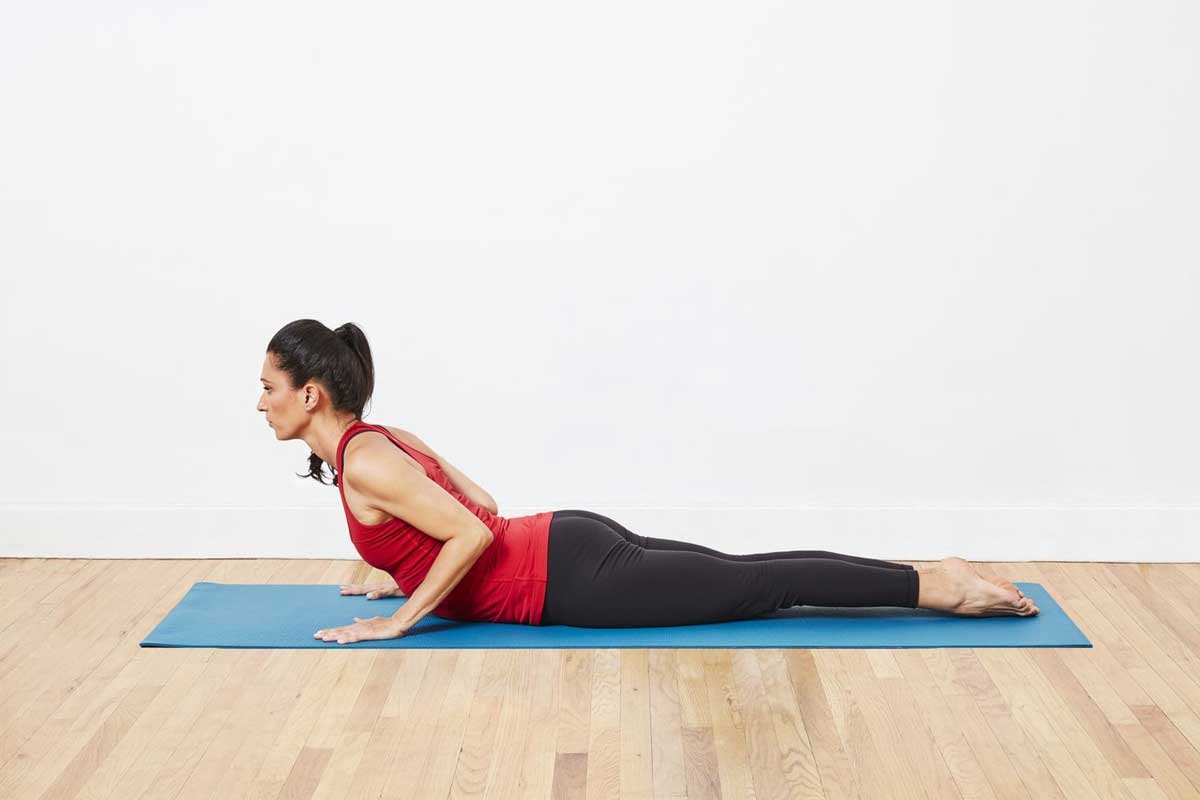
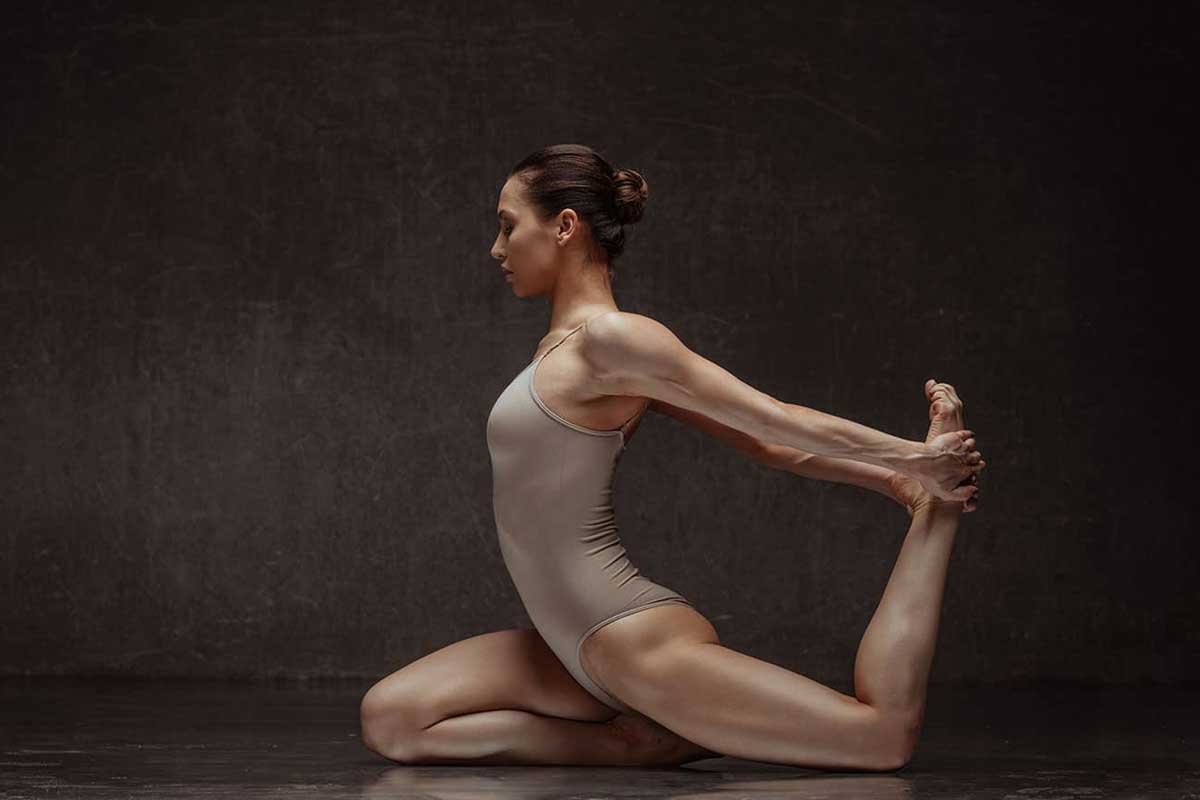
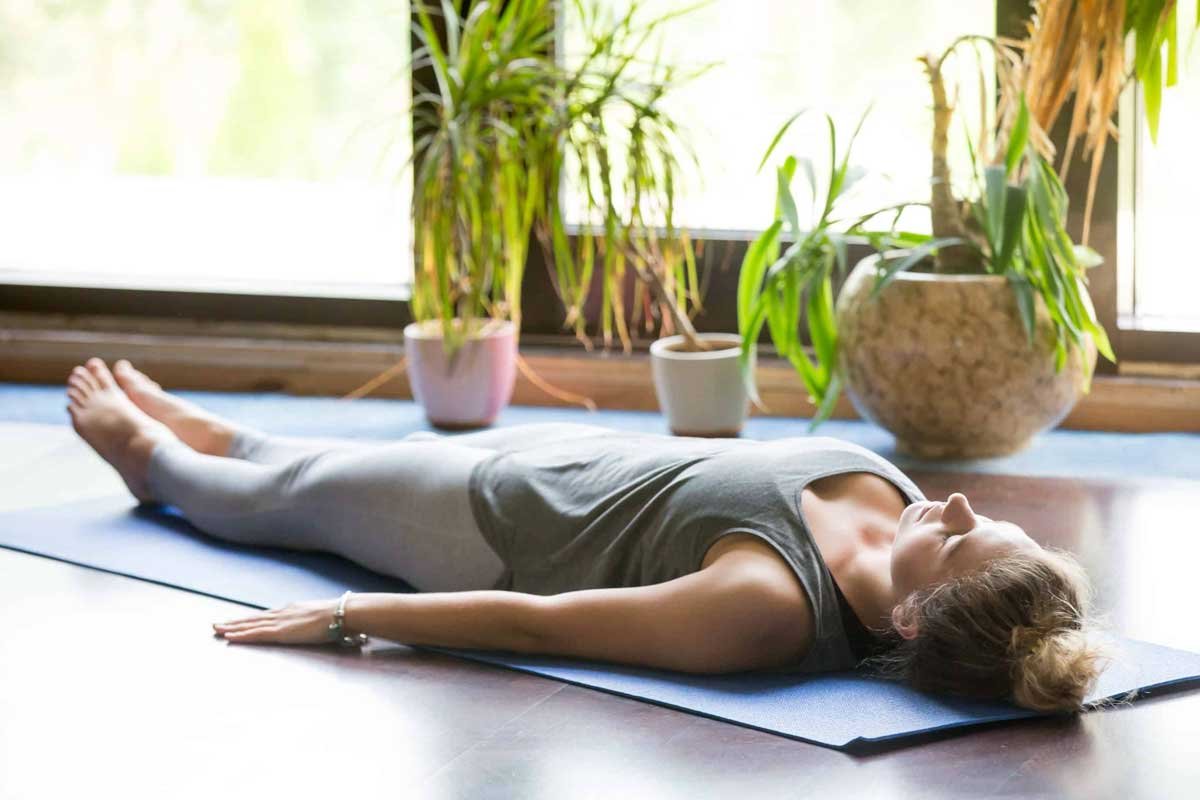
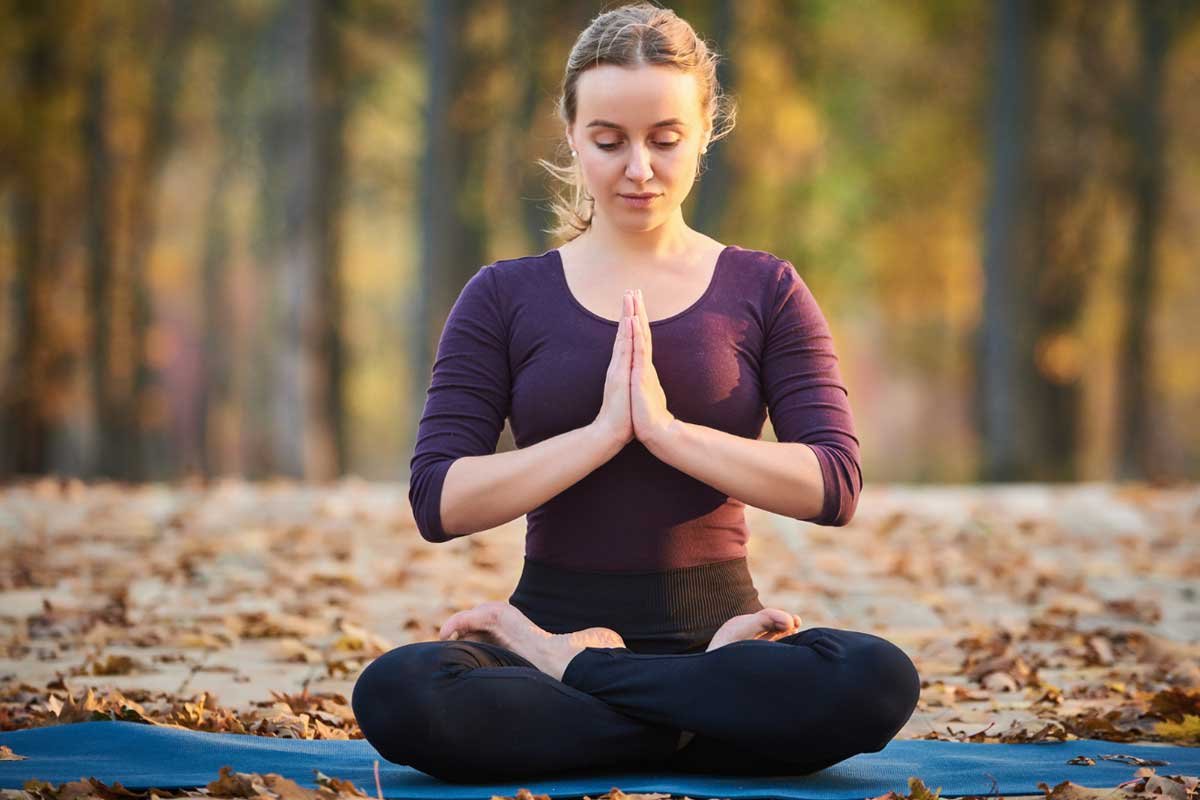
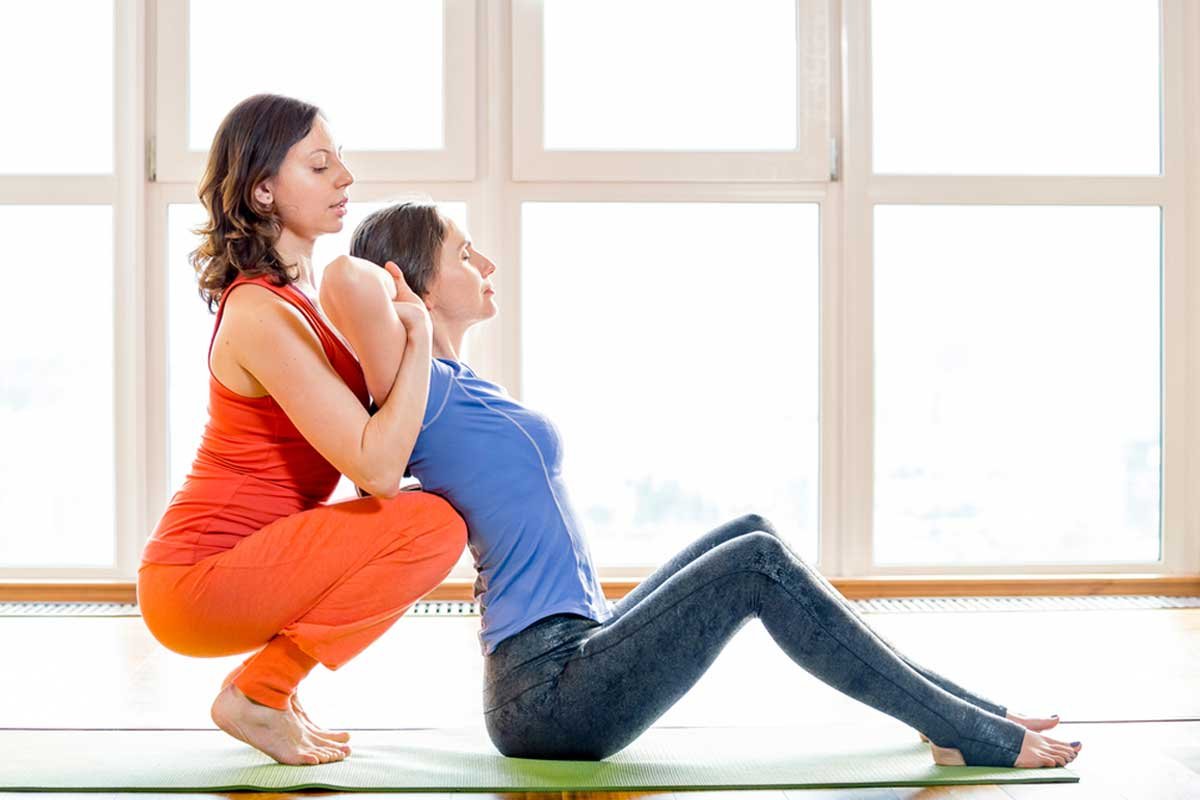
1 Month 200 – Hour Multi Style Teacher Training in Amritsar, Punjab
Beginner and Intermediate Level- Multi Style Teacher Training India 1 Month with Instruction.
OFFLINE COURSE DETAIL
- Duration: 1 Month
- Language: Hindi/English
- Level: Beginner
- Certification: USA Yoga Alliance
- Style: Ashtanga Vinyasa-style
- Date: 1st of every month
200hrs YTTC Price
Rs 35,000 - 30000
ONLINE COURSE DETAIL
- Duration: 1 Month
- Language: Hindi/English
- Level: Beginner
- Certification: USA Yoga Alliance
- Style: Ashtanga Vinyasa-style
- Date: 1st of every month
200hrs YTTC Price
Rs 30,000 - 25000
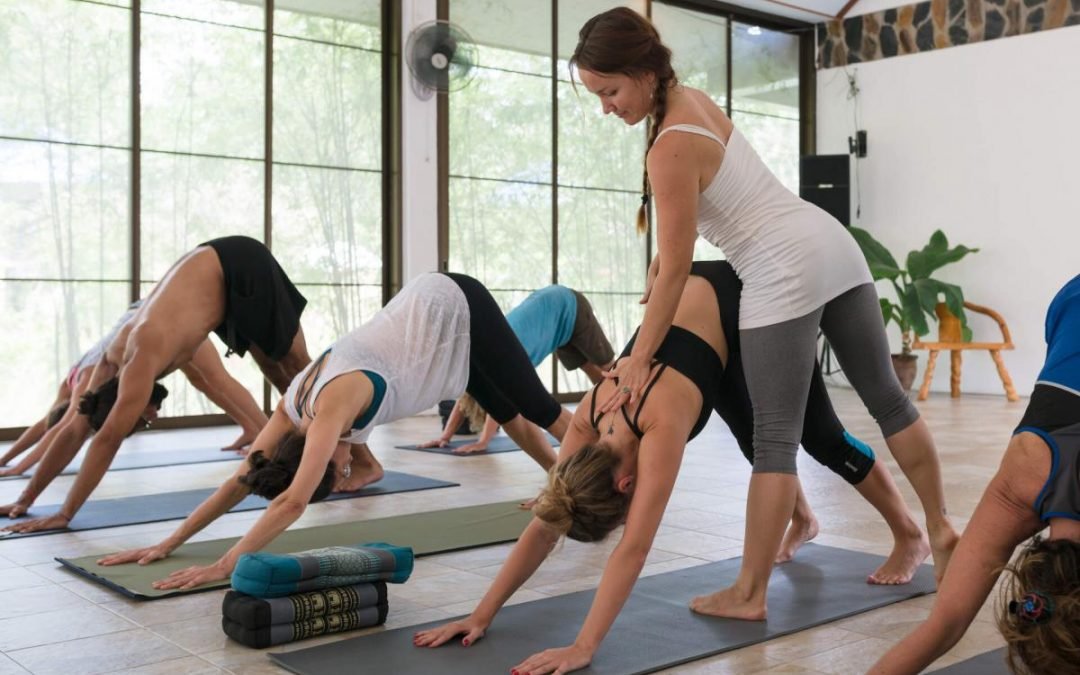
Hatha Yoga
- When we talk about Hatha Yoga we know that the main objective of hatha yoga is to prepare one’s body for the practice of Raja Yoga.
- Next, the use of hatha yoga is that it will help you have great relief. Yes, you will be light and released if you practice hatha yoga from three types of pain or irritation one is physical second is spiritual, and third is environmental. Practicing the Hatha will thus help you immensely in long run.
- We all know how important hatha yoga is to awaken the Kundalini and how helpful this is. One who wants to awaken the kundalini or have an interest in this aspect can surely practice and indulge in hatha because this can be the one-stop solution. Also, the uses of hatha are uncountable thus in a way this is very beneficial and helps one to cure as well as lead a very good life.
List of Asanas to practice during the course
Surya Namaskara (Sun Salutation) practice with beej mantra recitation and Chandra Namaskara (Moon Salutation)
- Joints Moments.
- Surya namaskara & Chandra Namaskara
- Yoga Mudrasana
- Matsyasana
- Gupta Padmasana
- BaddhaPadmasana
- Lolasana
- Kukkutasana
- Garbhasana
- Saral Bhujangasana
- Bhujangasana (cobra Pose)
- Tiryaka Bhujangasana
- Sarpasana (snake pose)
- Ardha Shalabhasana
- Shalabhasana (locust pose)
- Saral Dhanurasana (easy bow pose)
- Ardha Chandrasana (half moon pose)
- Setu Asana (bridge pose)
- Gomukhasana (cow’s face pose)
- Paschimottanasana (back stretching pose)
- Gatyatmak Paschimottanasasna (dynamic back stretch pose)
- Pada Prasar Paschimottanasana (legs spread back stretch pose)
- Janu Sirshasana (head to knee pose)
- Supta hasta Padaangushthasana (finger to toe stretch)
- Padahastasana (hand to foot pose)
- Sirsha Angustha Yogasana (head to toe pose)
- Utthitajanusirshasana (standing head between knees pose)
Advanced & Optional
- Ardha Matsyendrasana (half spinal twist)
- Parivritti Janu Sirsasana (spiralled head to knee pose)
- Poornabhujangasana (full cobra pose)
- Kurmasana (tortoise pose)
- Poornashalabhasana (full locust pose)
- Poorna Dhanurasana (full bow pose)
- Chakrasana (wheel pose)
- Hanumanasana (leg splitting pose)
- Poornamatsyendrasana (full spinal twist pose)
- Mayurasana (peacock pose)
- Padma mayurasana (Lotus or bound peacock pose)
- Gorakshasana (Yogi Gorakhnath’s pose)
- Astavakrasana (eight-twists pose)
- Vrischikasana (scorpion pose)
- Inverted pose, balancing pose and core pose.
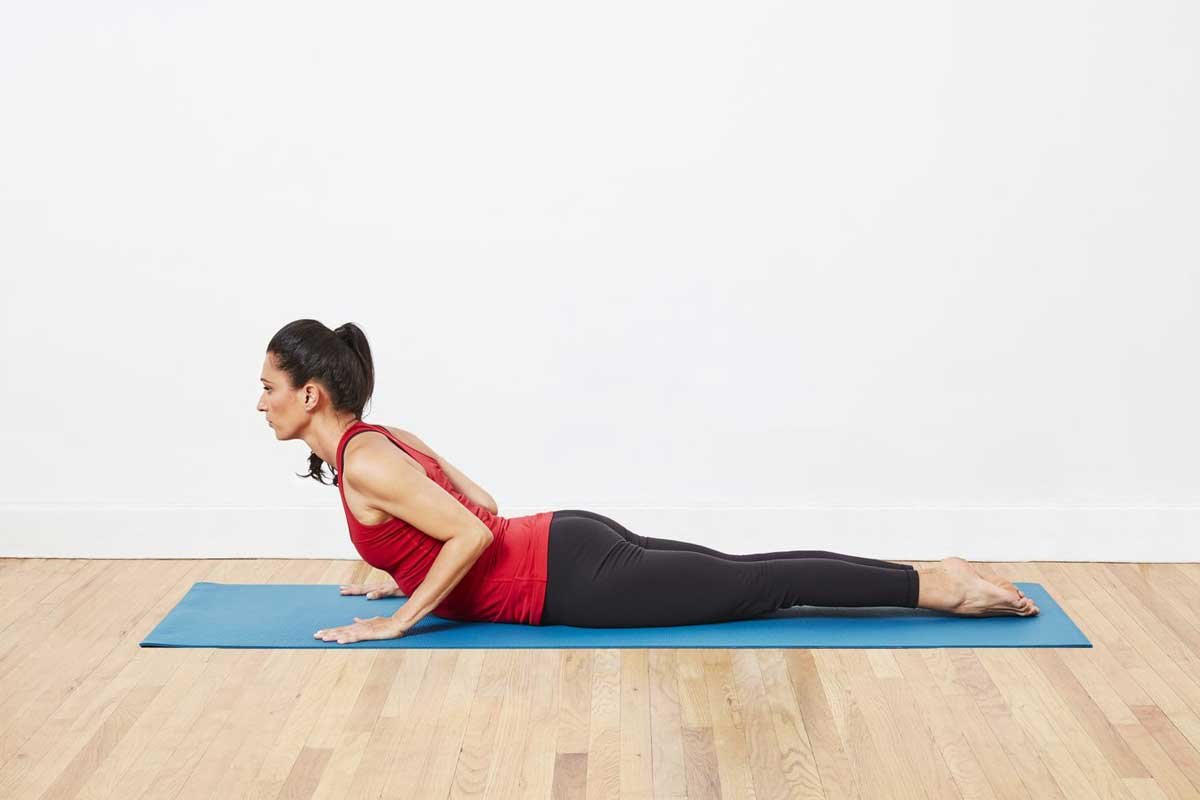
Vinyasa Flow Yoga
The Vinyasa flow yoga involves all that is listed below:-
- What do we understand from the words “Vinyasa Flow”?
- What is the meaning of Inversion Sequencing?
- Meaning of forwarding bending sequencing?
- What are yoga sequencing and its meaning?
- What are the advanced groups of asana sequencing?
- How do we do balancing sequencing?
- What is standing asana sequencing?
- What is sitting asana sequencing?
- What is backward bending sequencing?
- What is kneeling asana sequencing?
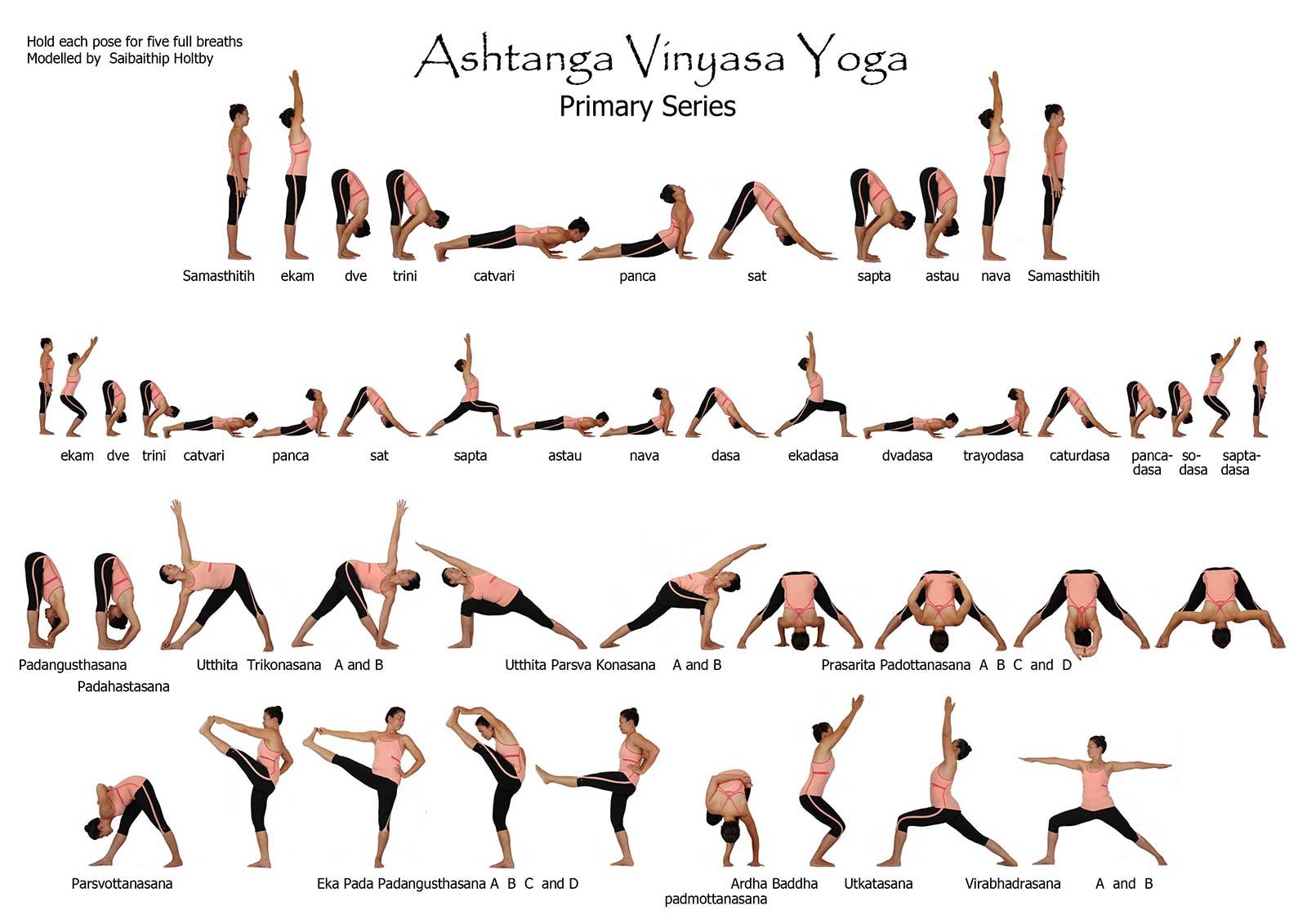
ASHTANGA VINYASA
An intensive and integral part of yoga, Ashtanga yoga style requires deep commitment and self-practice to achieve the goal. The retreat’s yoga instructors are the best Ashtanga yoga teachers around Amritsar, Punjab.
Standing Pose
- Hasta Padangusthasana & Pada Hastasana
- Utthita Tri Konasana
- Parivrtta Tri Konasana
- Utthitan Parsva Konasana
- Parivrtta Parsva Konasana
- Prasarita Padottanasana A, B, C & D
- Utthita Parsvottanasana
- Utthita Hasta Padangusthasana
- Utthita Parsvasahita
- Utthita Eka Padasana
- Ardhabaddha Padmottanasana
- Utkastasana
- Virabhadrasana A,B and C
- Primary Asanas
- Paschimottanasana A, B and C
- Purvottanasana
- ArdhaBaddha Padma Paschimottanasana
- Tirieng Mukha Eka Pada Paschimottanasana
- JanuSirsasana A,B and C
- Marichyasana A,B and D
- Navasana
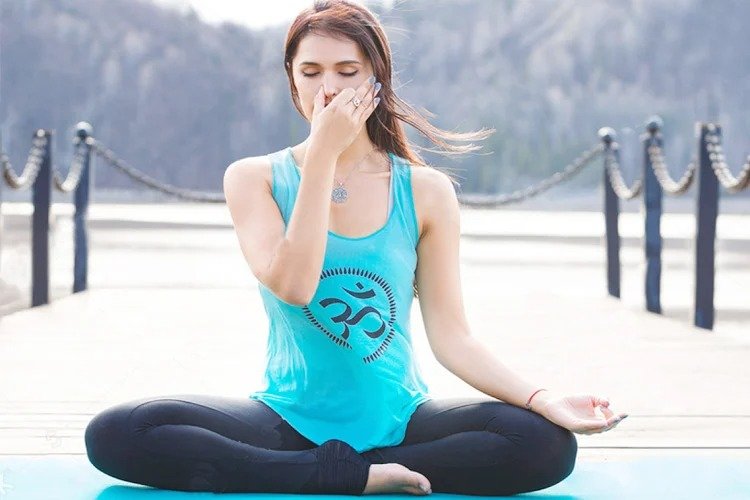
Pranayama
The 200 hours will definitely have Pranayama which also involves the Kumbhaka which is a process of breath retention. Thus let us learn more about Pranayam and the form that is practiced here. The word as we know as two basic etymological explanations which can be concluded as “prana” meaning “vital” that means which is the main energy or force. Whereas the word “Ayama” means “expansion” Thus what we can conclude from here is that pranayama means expanding the vital energy also the word “Yama” means to restrain or constrain which again suggests that pranayama means to control. These are some of the pranayama topics that are to be covered:-
- What is pranayama meaning?
- Explain Ida, Pingala, and Sushumna Nadi?
- What is the psychological effect of yogic breathing- positive or negative effect?
- What is Clavicular Breathing?
- Explain Kumbhaka or the breath retention
- Learnings on Bhastrika pranayama.
- Ujjai pranayama with bandha
- Sheetkari Pranayama /with bandha)
- Explain the five sub prana in yogic science?
- Explain Nadi- meaning, uses
- Thoracic Breathing importance and its eaning
- Importance of diaphragmatic breathing.
- Kapalbhati pranayama meaning andexplaination
- Brahmari pranayama – meaning, explanation, uses
- Sheetali pranayama with bandha
- Nadishodhana with bandha
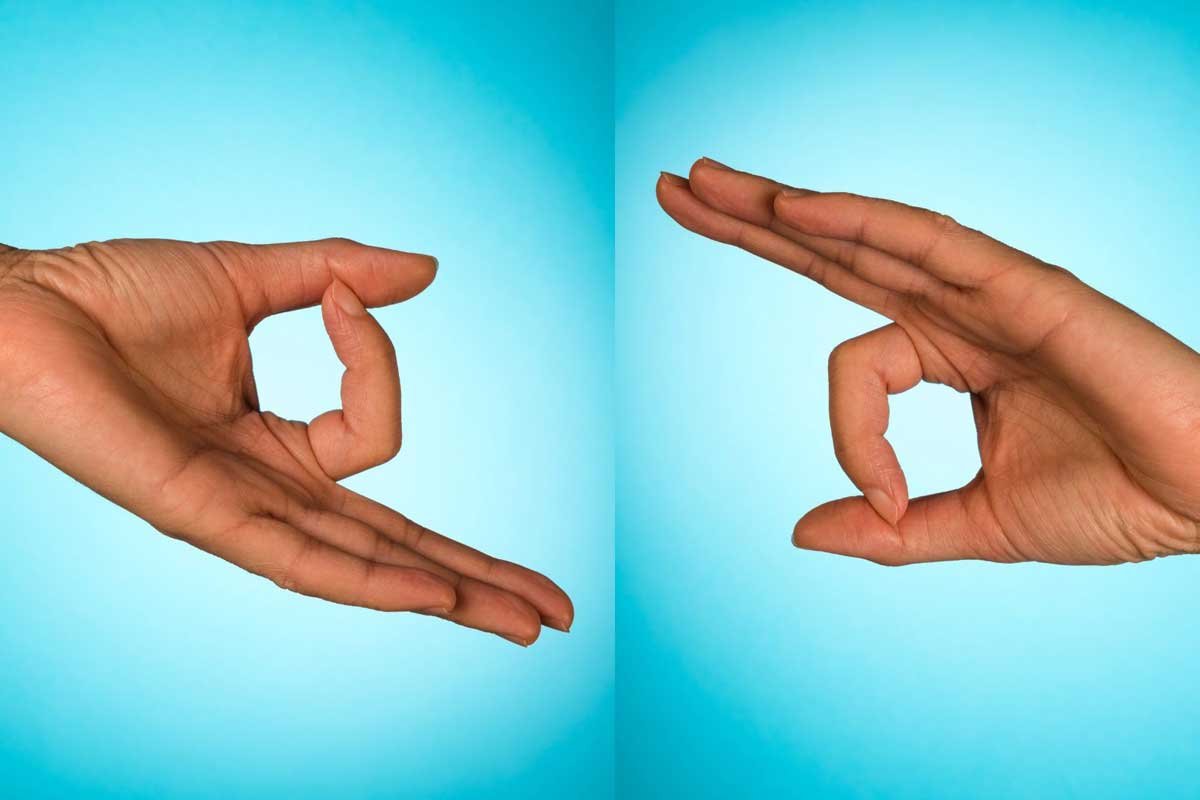
Mudra
Mudra is something or some form of which one uses to say something or the other. This act relaxes the mind and is made of either asana or pranayama or bandha. These are the mura’s that include your syllabus.
- What is Mudra its advantage and meaning?
- Importance of Mudra and why we should practice this regularly.
- Advantages of Mudra and what are the positive effects of it in our lives?
- Gyan Mudra or the Gesture of Wisdom is used to show wisdom.
- Chin Mudra- eaning, uses, and advantages.
- Varun Mudra- meaning, uses and advantages.
- Akasha Mudra- eaning, uses, and advantages.
- Linga Mudra- meaning, uses and advantages.
- Prithvi Mudra- meaning, uses and advantages.
- Bhairavi Mudra- meaning, uses and advantages.
- Vairagya Mudra- eaning, uses, and advantages.
- Yoni Mudra- meaning, uses and advantages.
- Vayu Mudra- meaning, uses and advantages.
- Hridaya Mudra- meaning, uses and advantages.
- Prana Mudra- meaning, uses and advantages.
- Apana Mudra- meaning, uses and advantages.
- Prithvi Mudra- meaning, uses and advantages.
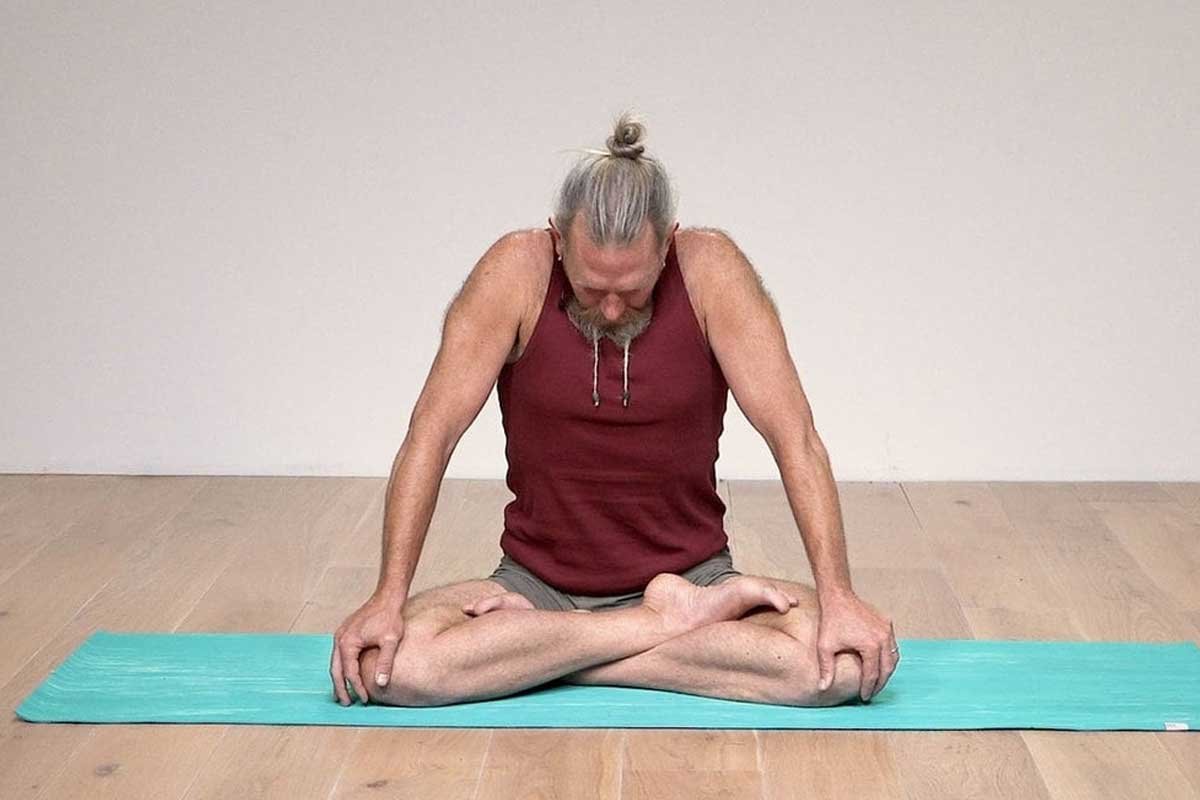
Bandhas
The learnings here at Bandha are as follows:-
- Meaning of Bandha its explanation, definition, history, and philosophy.
- Importance of bandha practice
- Advantages of bandha practice
- Uddiyana Bandha or the Abdominal Lock introduction uses advantages.
- Maha Bandha all 3 Locks altogether
- Moola Bandha or the Root Lock
- Jalandhar Bandha or the Chin Lock has its uses and advantages.
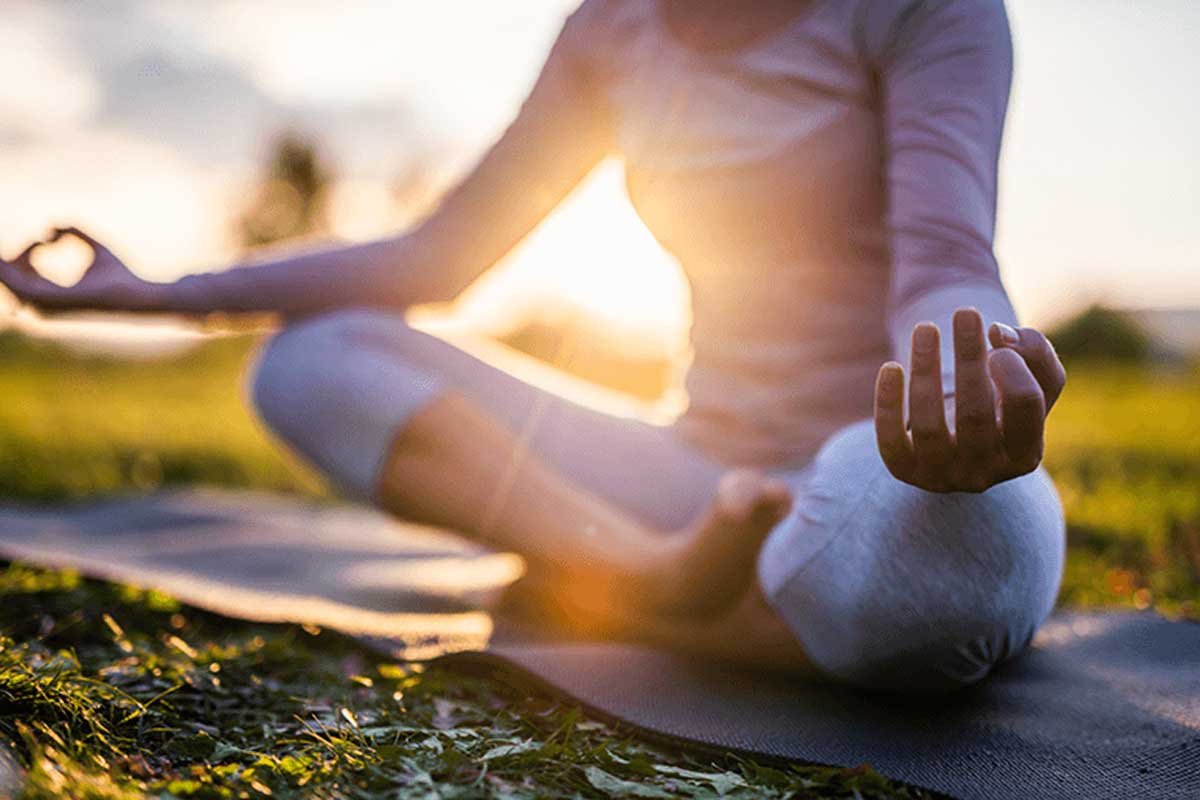
Meditation
The meditation which is also known as Dhyana is also considered as the 7th limb of the Ashtanga yoga which detangles one from all sorts for worldly affairs and helps one to lead the path with truth and devotion. This is an absolute self prating at which helps release stress, anxiety and calms the body, mind, and soul. Meditation which leads to a healthy and positive life is also a part of the Yoga.
- Introduction of Meditation
- Om meditation
- Chakra sound meditation
- Chakras breathing meditation
- Nada Bhrama meditation
- Prayer meditation
- Mantra Meditation
- Meditation according to Patanjali Ji
- Dharna, Dhyan & Shamadhi
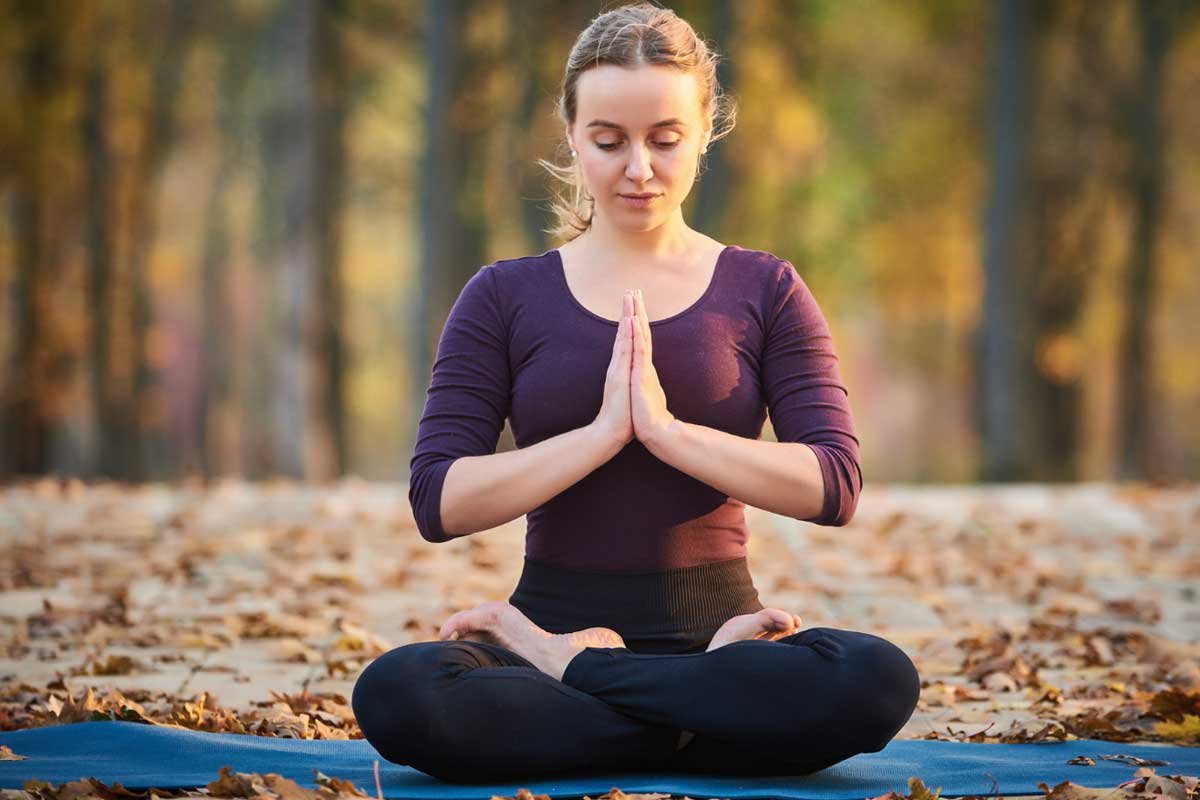
Yoga Philosphy
Attend a theoretical class and lecture about the history of yoga and importance of yoga in your life and its origin in India. You can ask their questions and deepen your knowledge about the existence of yoga.
- Meaning of Philosophy, history & types.
- What if yoga, definition, history, types.
- Description of Hatha Yoga
- Description of Karm yoga.
- Description of Bhakti Yoga
- Description of Ashtanga Yoga
- Three types of body
- Relations between asanas, pranayama & mediation
- Chakras
WEEK1 – The knowledge of Enlighten
- Introduction to yoga and the yogic world.
- What is yoga?
- History of yoga.
- What are Vrittis and what are the 5 different kinds of Vrittis?
- What is the meaning and importance of Abhyasa or constant practice?
What is Vairagya Gymnosophisty’s detailed study?
- What are the degrees of eagerness?
- Meaning of Ishwara.
- What is Sadhana of Ishwara
- What can be obstacles in this path?
- How to remove obstacles.
- What is the result of mediation?
WEEK2 – Practice starts
- Discipline towards Sadhana/
- Meaning of Avidya.
- Reasons for Avidya (Ignorance)
- Pleasure and pain are both painful- why?
- How to avoid any kind of future pain by the practice of yoga?
- What are the four stages of Guna?
- Stages of enlightenment.
- What is the meaning of asana?
- Properties of nature.
- How can one be a master of a particle asana?
WEEK3 – Magic’s in Yogic world
- Meaning of Dharana.
- Meaning of Dhyana.
- Meaning of Samadhi.
- Knowledge of the time of death.
- What is the power of friendliness?
- Details on the solar system.
- Details on starts.
- What is the aura?
- Mastery of sense organs.
WEEK4 – Liberation
- Sources of the siddhis.
- How does karma influence?
- To the path of Kaivalya
- Liberation
- How to achieve liberation?
WEEK5 – The 8 limb yoga or ashtanga
- Discussion on the first week on the topic Samadhi pada
- Discussion on the first week on the topic Sadhana pada
- Discussion on the first week on the topic Vibhuti Pada
- Discussion on the first week on the topic Kaivalya Pada.
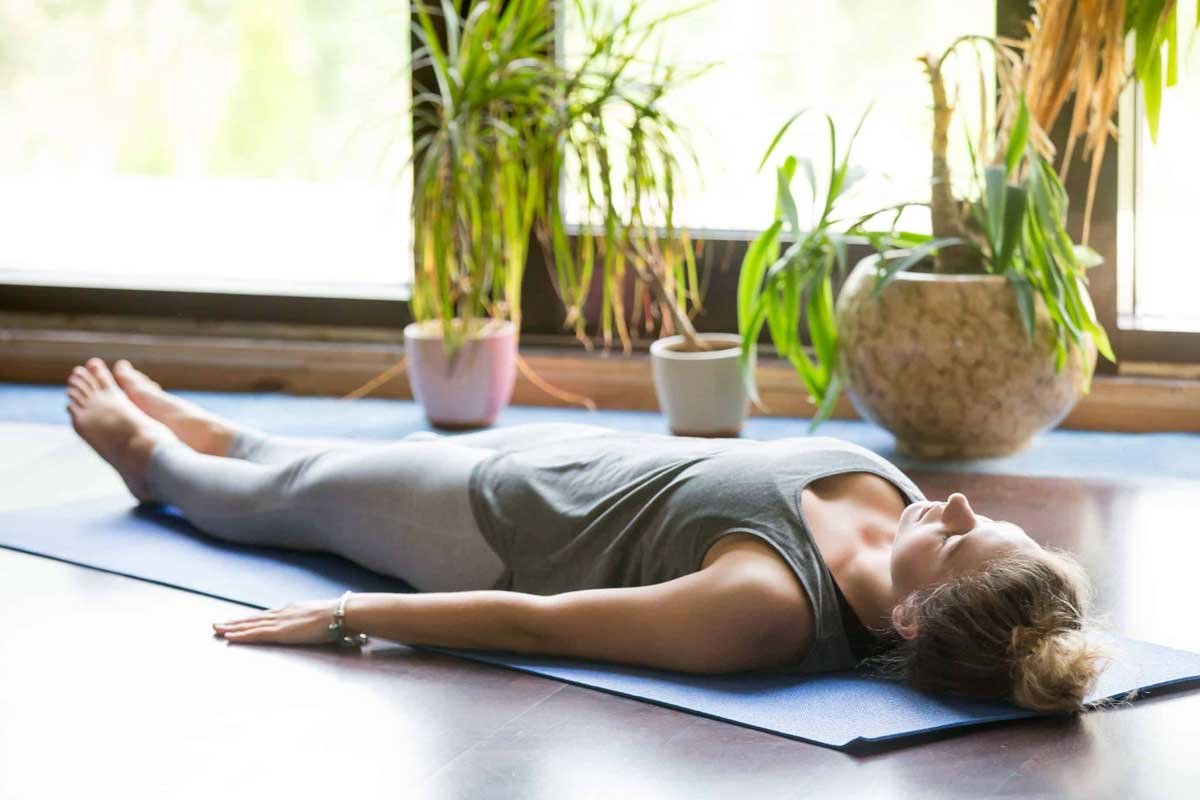
Yoga Nidra
The following are a part of yoga Nidra:-
- Meaning of Yoga Nidra and its definition
- The purpose why the Yoga Nidra is important
- Origin of Yoga Nidra and its history
- Rules for Yoga Nidra
- Benefits and Risks of Yoga Nidra and why shouldn’t we or why should we perform it?
- Difference between Yoga Nidra and Meditation.
- Power of resolve which is a vital part of learning yoga Nidra
- 8 different Stages of Yoga Nidra
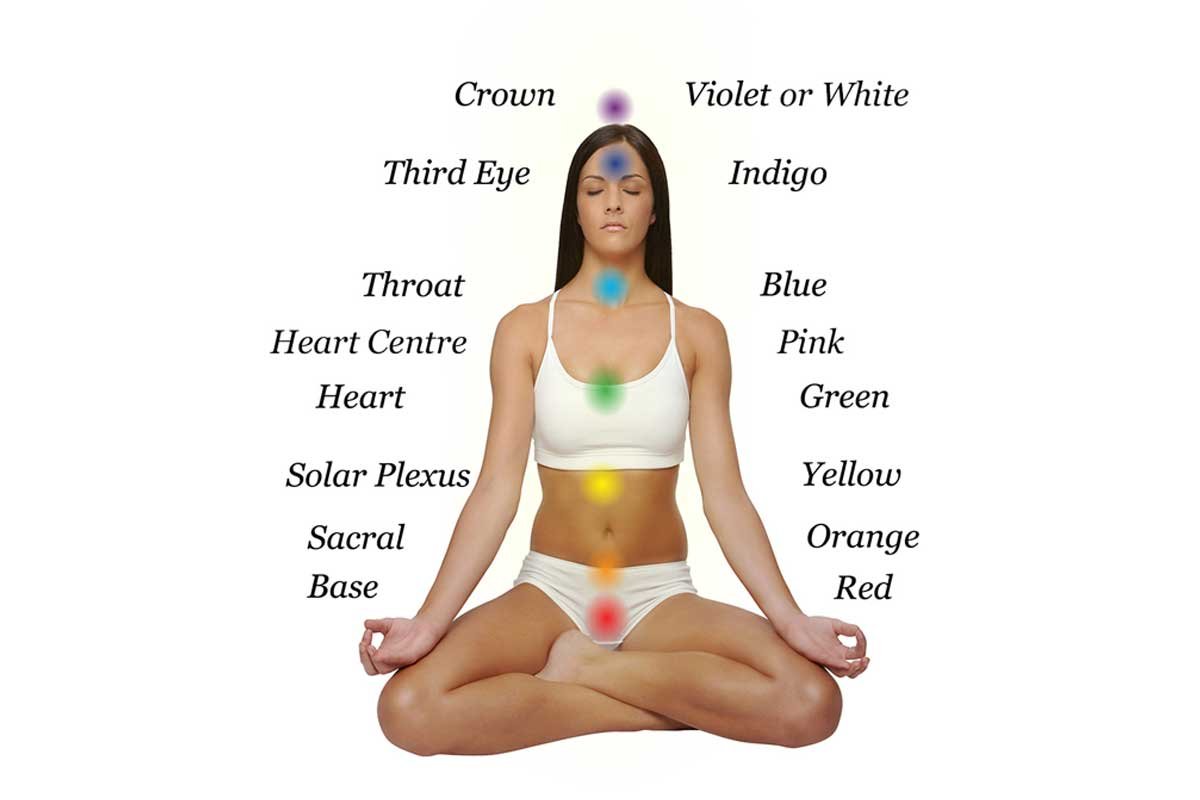
Chakras
- Definition of Chakra.
- What is the location of the chakra?
- The color of the chakra.
- Several petals of each chakra.
- What is the rot mantra?
- What is the meaning of the sound of chakra vibration?
- Detailing about chakra?
- Total chakras in the body.
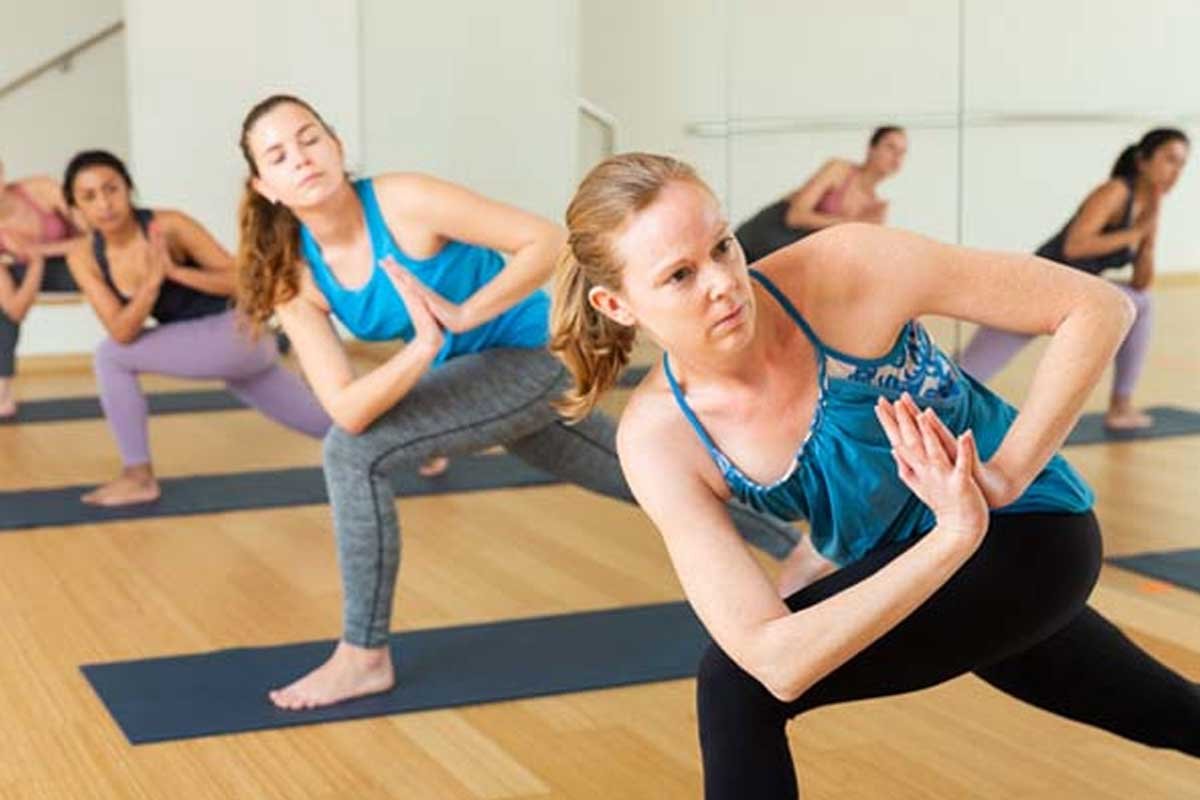
List Of Asana That Is To Be Practiced Under This Course
- Joints, glands-related poses, and exercises are absolutely the introductory practices.
- Learning how to do Centering postures
- Definition of Moon Salutation its uses and advantages.
- Kneeling postures series
- Forward bending postures which include the entire series
- Supine postures series
- Inversions poses are to be learned under the series technique.
- Balancing Postures
- Meditative asana
- Then exercises of joints on an advanced level
- Sun Salutation its uses and advantages and how this must be performed
- Standing poses both advances as well as on the intermediate level
- Poses while one is sitting
- Poses bending backward
- Prose posture series
- Twisting poses
- Relaxing poses

Yoga Therapies
- What is the meaning of yoga therapy?
- Principles of yoga therapy.
- What is the meaning of pranayama therapy?
- Details about the Characteristics of yoga therapy
- What is the meaning of Therapy for stress
- Shatkarma for common diseases like Headache, migraine, cold, sinus, etc.
- Therapies related to depression
- Asana related to the following problems backache, slipped disk, sciatica, diabetes, thyroid, spinal deformities, obesity, etc.
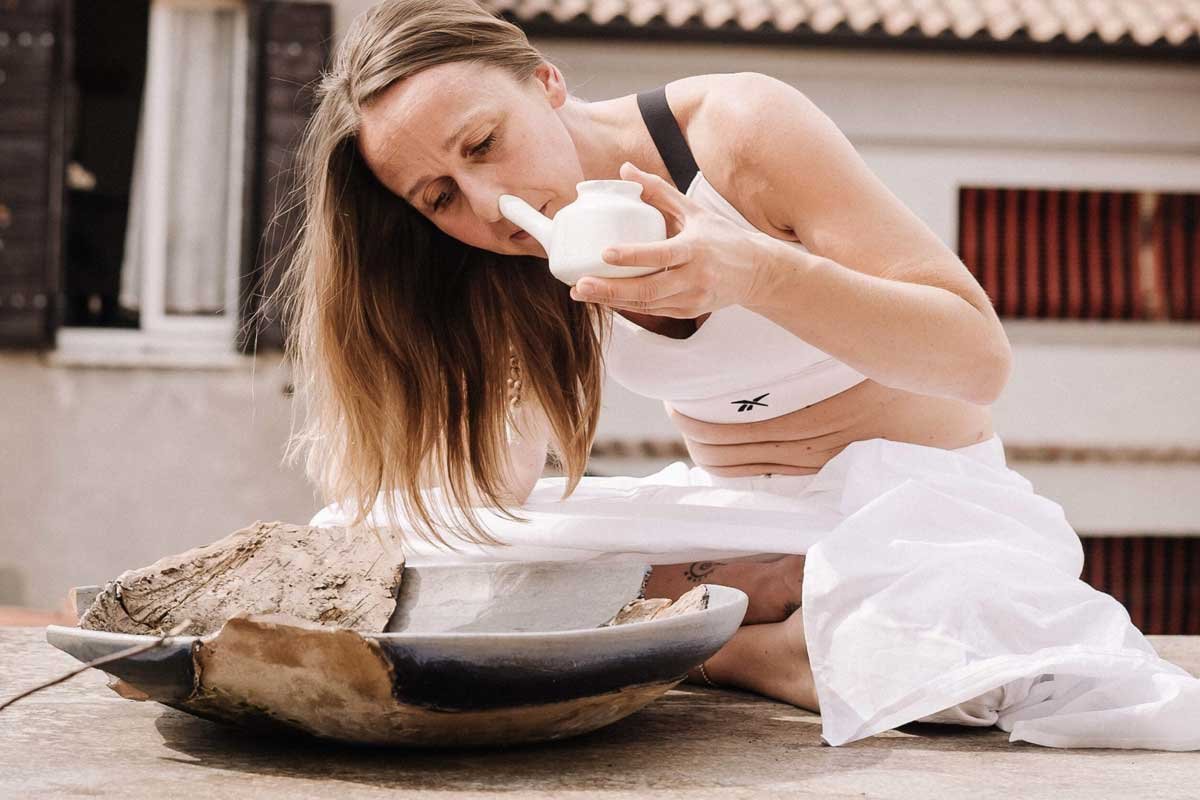
Shatkarma
- What is Shatkarma – its meaning, definition, uses, advantage.
- Preparations for Shatkarma
- Precautions that are required during shatkarma
- Deatiled learning on Jala Neti Kriya, Vaman Kriya, Kapalabhati Kriya, Agnisar Kriya, Nauli Kriya.
- People who should practice and people who should avoid, Shatkarma.
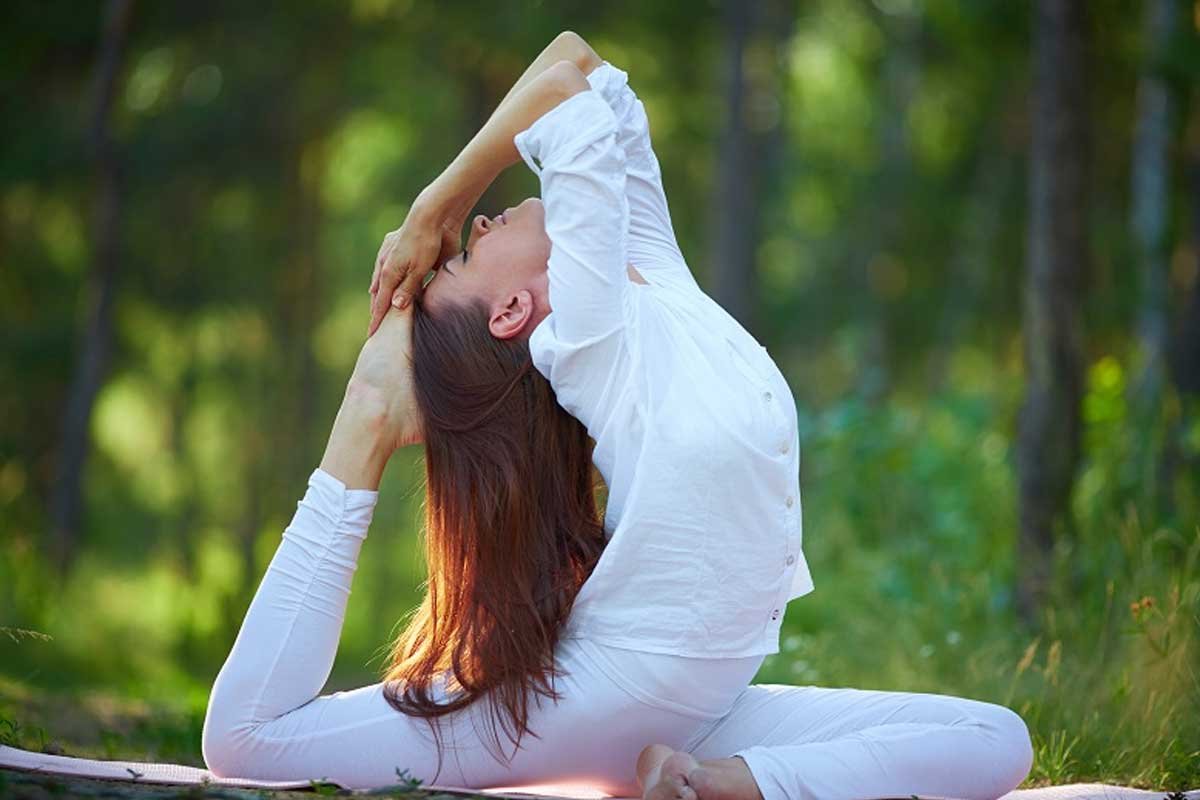
Yoga & Ayurveda
Now we shall learn about the fact that how can Ayurveda and yoga treat one and what are the topics that the 200 hour class of Vinyasa Yogshala will cover here.
- What is Ayurveda?
- Why Ayurveda is important?
- How can Ayurveda help us lead a healthy life?
- What is the definition of health and hygiene?
- Understand the 5 elements and know your body in a better way.
- What are the Tri doshas?
- How to support the pillars of the body
- Physical strength.
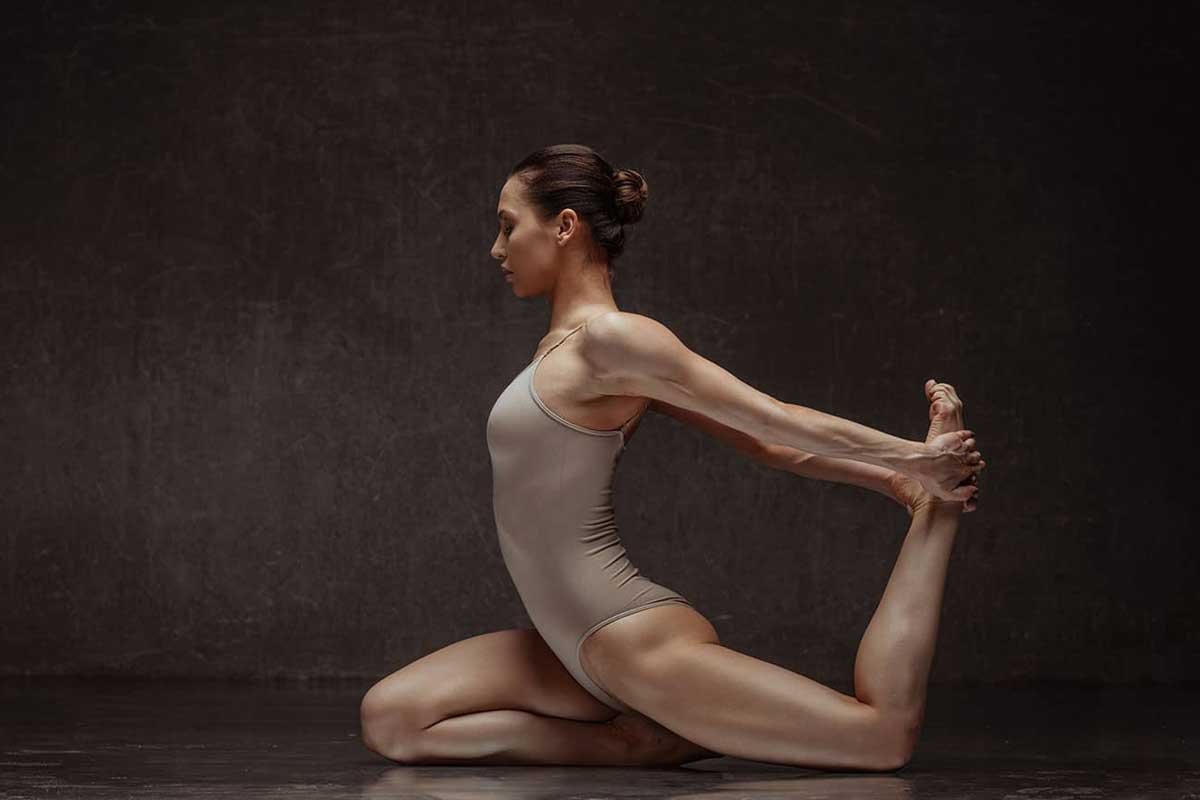
Yoga Anatomy
- The meaning and introduction to the body and its structure.
- What is the meaning of Panchakosha and the 3 types of bodies?
- Deformities of the spine.
- Meaning and detailed explanation of the circulatory system.
- Why nervous and digestive system is important?
- A detailed study on the endocrine system.
- Yogic anatomy of the spine and its importance.
- Bones of the skull and whole body.
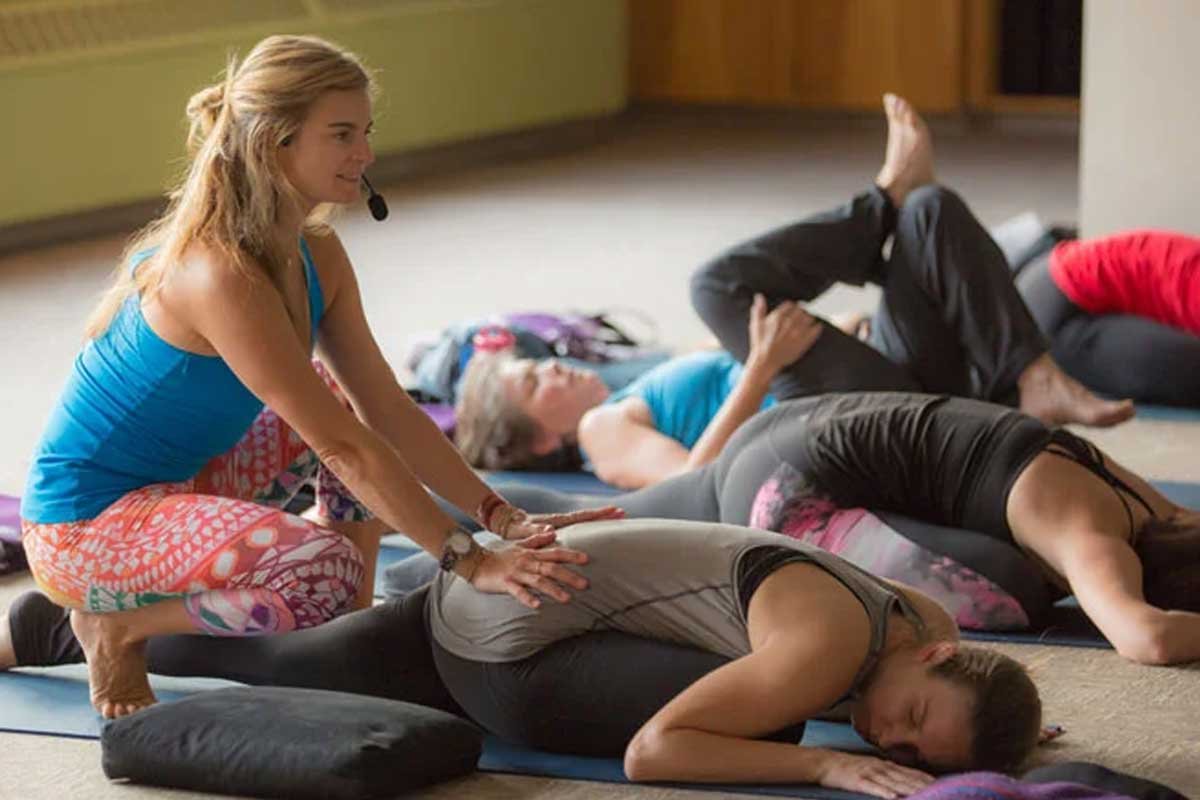
Teaching The Art And Methods Of The Following
During the class, you will learn how to do a perfect posture. You will also learn Ayurveda therapy, injuries, and rest and integrate your daily practice, basic knowledge of foot reflex, warming up, alignment, and core posture. Teaching methodology is one the most important part of the course as our students will learn the following:
- How to conduct a class
- Classroom management
- How to get in and come out from the posture
- How to assist & help while teaching the class
- Which kind of words you should be using as a yoga teacher
- What makes you different than other teachers in terms of teaching
- What makes you different from other teachers in terms of teaching
- Which kind of asanas you should recommend with different health issue
- How to use belts, bolster, bricks and chair during the class adjustment.
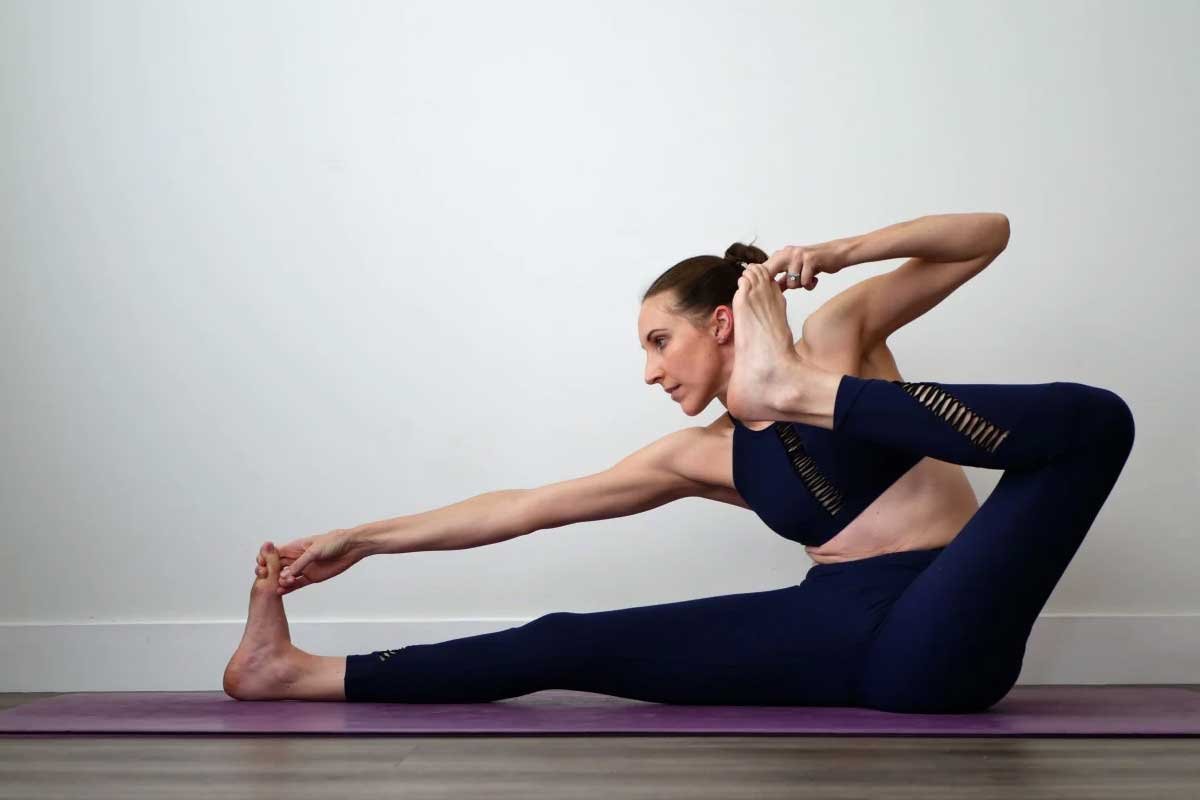
Asana That Are To Be Practiced Under This Programme
- Surya namaskar/Sun Salutation
- Chandra namskara/ Moon salutation
- AkarnaDhanurasana /Archer Pose
- Ardha Chandra Namaskarasana /Half Moon Crescent pose
- Hanumanasana /Monkey Splits Pose
- Bhunaman Asana /Wided legs splits Pose
- AdhoMukhaSvanasana /Downward Facing Dog Pose
- Bakasana /Crane Pose
- Dwi-PadaViparitaDandasana
- Garudasana /Eagle Pose
- Dwi-PadaSirsasana /Both Feet behind Head Pose
- ParivrttaParsvakonasana /Revolving Side Angle Pose
- PinchaMayurasana /Featured Peacock Pose
- Mayurasana /Peacock Pose
- Naukasana /Boat Pose
- EkaPadaBakasana /One Leg Crane Pose
- Astavakrasana /Eight angle balance Pose
- PoornaBhujangasana /Full Cobra Pose
- Adho-Mukha-Vrikshasana /HandStand Pose
- Chakrasana /Wheel Pose
- Parighasana /Gate lock Pose
- Vrishchikasana /Scorpion Pose
- Ushtrasana /Camel Pose
- Eka- PadaChakrasan
- PadamBakasana /Lotus Crow Pose
- Rajakapotasana /King Pigeon Pose
- Vashistasana/Side Plank Pose
- Eka- PadaKondiyan Asana
- PoornaDhanurasana /Full Bow Pose
- Veera-Bhadra Asana/Warrior Pose
- PoornaShalabhasana /Full Locust Pose
- Natarajasana//Dancer’s Pose
- Vishwamitra Asana /Sage Vishwamitra Pose
- Kapotasana
- Tittibhasana /FireFly Pose
- PoornaChakrasana /Full Wheel Pose
- VatayanAsana /Sea Horse Pose
- Sirsasana Series /Head Stand Series
Successfully completed 200hours YTTC
